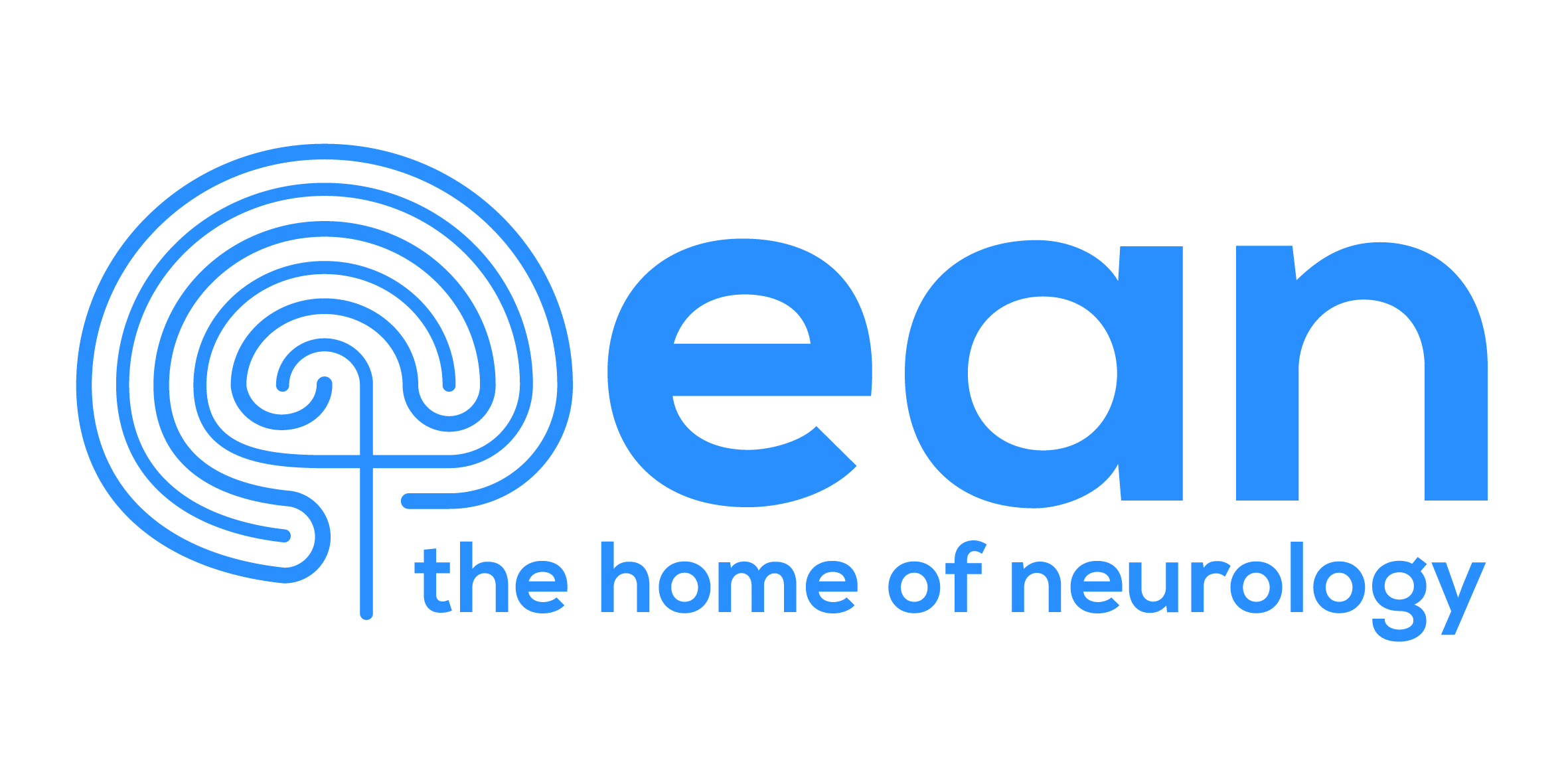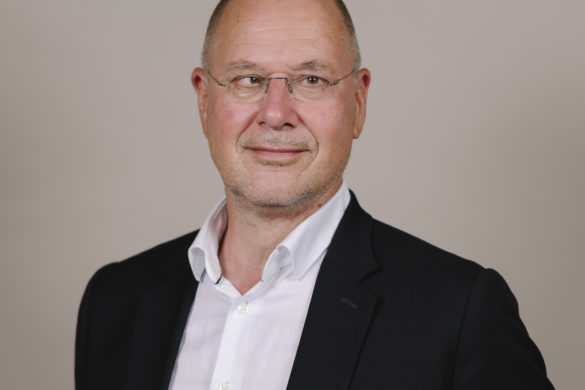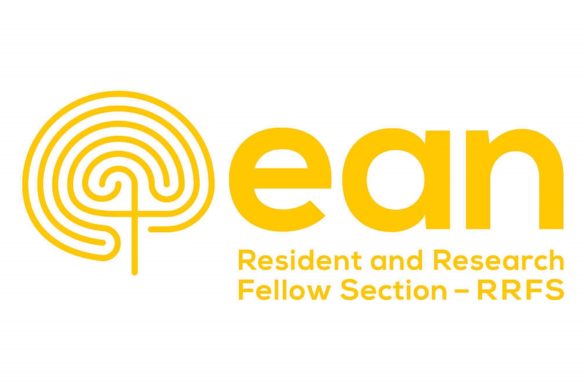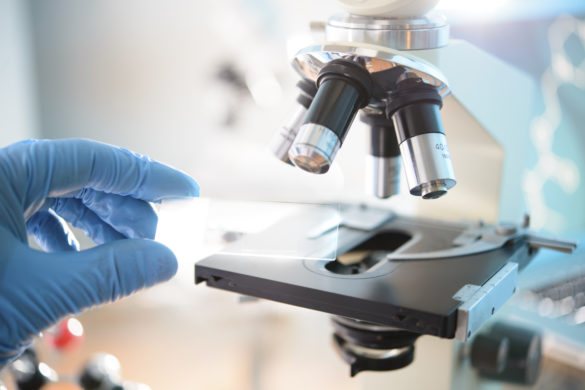by Viktoria Papp
This Special Session on Clinical, Digital and Rural facets of neurology practice held in collaboration with the Indian Academy of Neurology presented the core of neurological diagnostics, which is the clinical bedside assessment of the symptoms combined with the future opportunities provided by fast developing digital technology. Furthermore, the session provided a great example of the effort and achievement in neurological care in rural area.
Prof. Ranganathan Lakshmi Narasimhan gave a talk about the opportunities and challenges in digital neurology in India. In the first part of the talk, he presented several advanced digital tools that may become part of future medical care such as CyberGlove, sonoception technology and sensory substitution devices. He explained the basics of virtual reality, augmented reality and artificial intelligence (AI) including machine learning and deep learning and the potential of these in neurology e.g. in epilepsy for seizure prediction. IA could also be useful in imaging interpretation and clinical assessment of stroke patients. The last part of the talk summarised the Indian perspectives of digital technology in healthcare.
Dr. Meenakshisundaram Umaiorubahan titled his talk ‘Clinical neurology at the bedside – Eye signs I see in the ICU’. In contrast to the first lectures about digital technology, this talk focused on the neurological signs that doctors can detect by observation and simple clinical examination of the eye movements and how to reach the bedside diagnosis based on them.
Finally, Prof. Nirmal Surya showed how neurological care has been able to be improved in rural India covering a large population and geographic area which presents several challenges. Their work and success can be an inspiration for other countries with limited resources. Improved patient care was achieved by education, smart alternative ways of using the available technology, utilisation of telemedicine and adjusting the setting according to the local culture.








